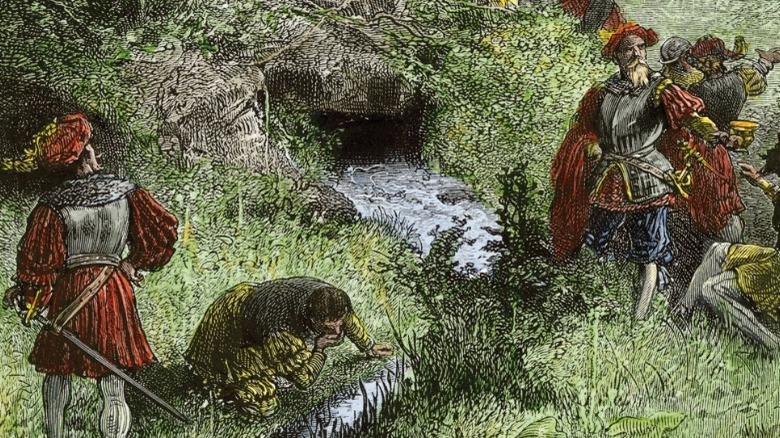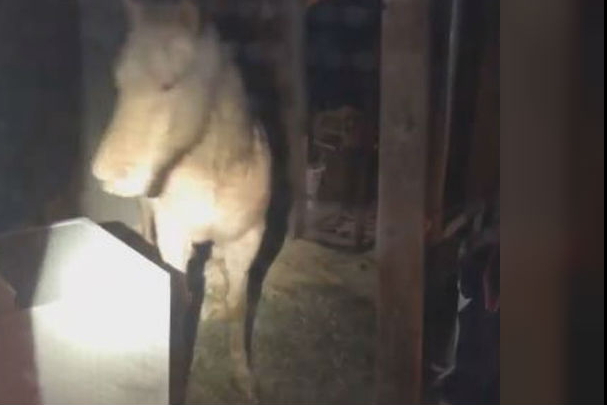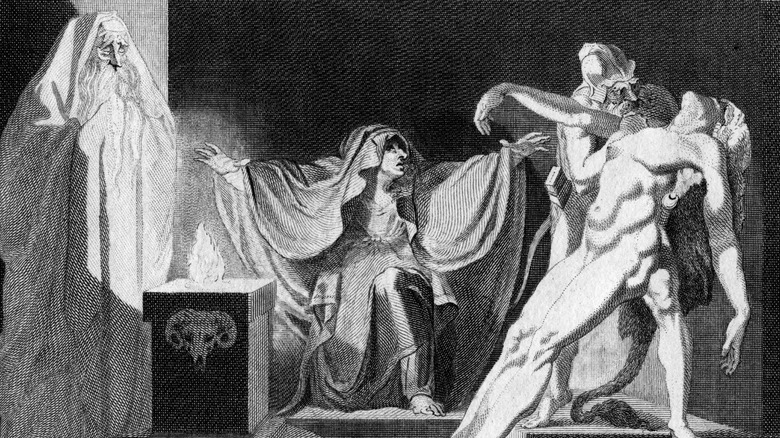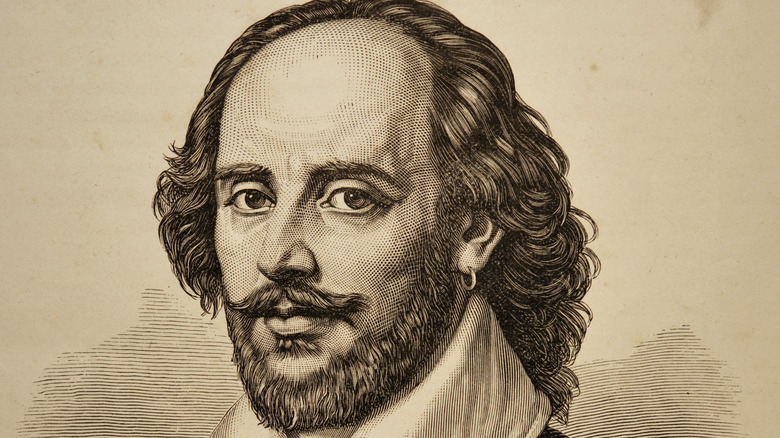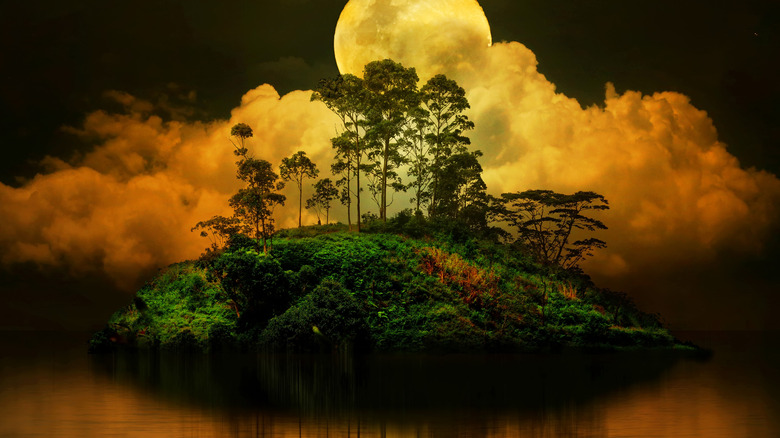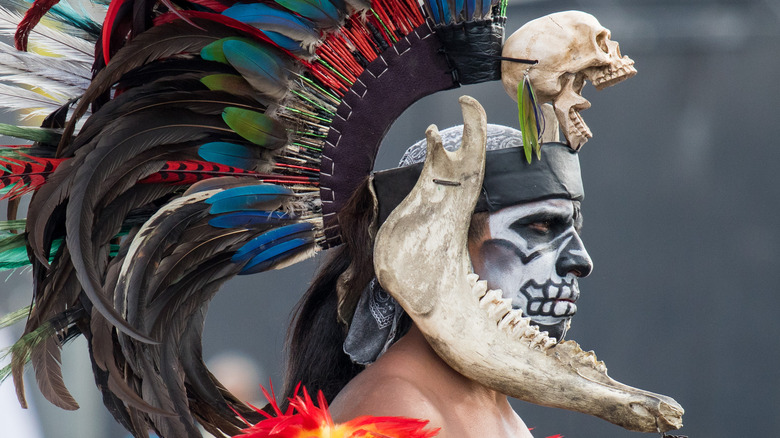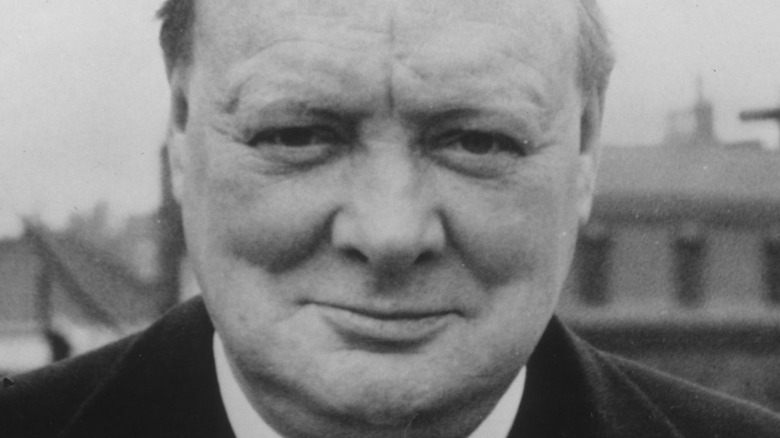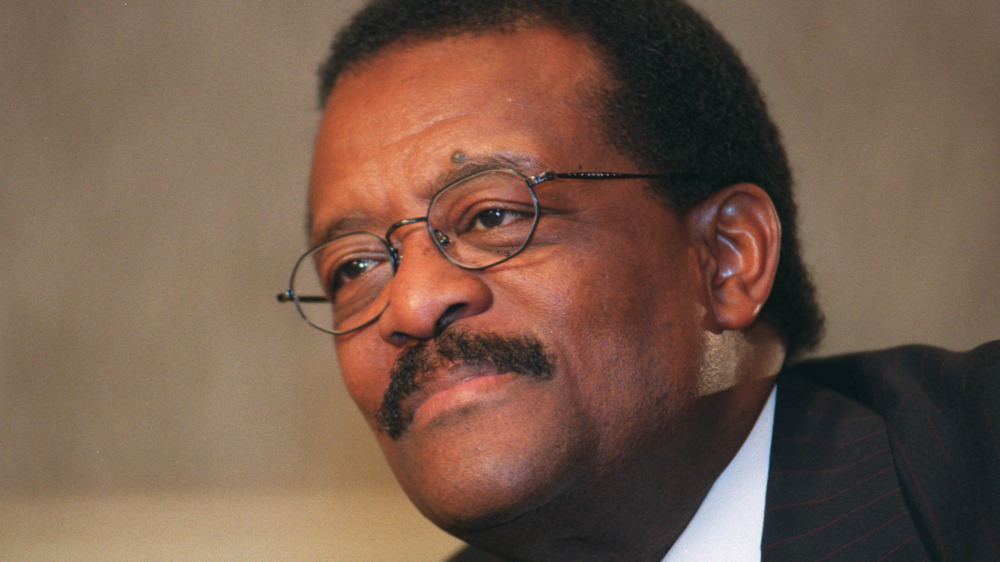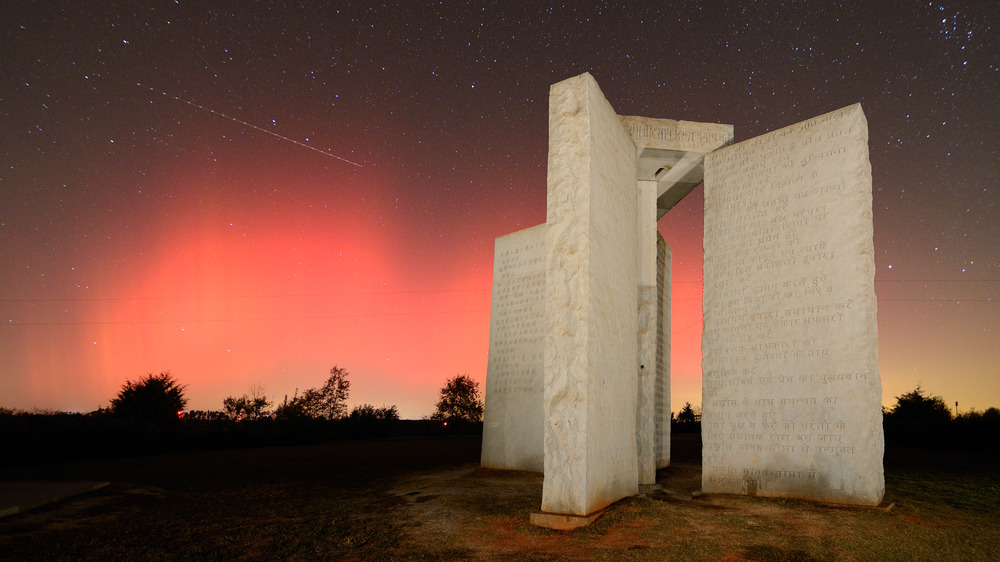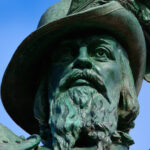
How The Fountain Of Youth Myth Was Born
Upon losing control of Hispaniola in 1511 after years of fighting both the Spanish court and the native Taino, Juan Ponce de León set about exploring more of the Caribbean. As legend has it, he eventually found himself in Florida, where he fruitlessly searched for the Fountain of Youth before being mortally wounded by a native arrow. While the expedition did happen, it was intended to establish Spain’s first colony on the continent; no known royal directive to find magic bodies of water is known (via History).
According to Oxford Bibliographies, some of the earliest records are by the evidently spiteful Gonzalo Fernández de Oviedo y Valdés, who likely fabricated the story to portray the conquistador as desperate to find a cure for impotence. Additional information on specific details of the voyages come from Antonio de Herrera y Tordesillas, who even still is unreliable, since his career as royal chronicler began nearly seven decades after de León’s death. If so, how has the story gained such prevalence in contemporary and modern culture? The answer lies in both a precedent for such fantastical tales, and a 19th century desire to perpetuate them.
There is a long history of fruitless searches
According to National Geographic, Alexander the Great supposedly embarked on a similar quest to find youthful waters, while throughout the previous millennia Europeans searched for the fabled eastern Christian king Prester John who supposedly held the secrets of immortality (via Britannica). The New World held the promise of fame and fortune to would-be explorers and conquerors for centuries, especially throughout the 16th century. As the search for the golden city of El Dorado and even the legendary Prester John were still considered viable by the time of León, it is understandable that Oviedo’s intended insult was lost on people who had the exploratory spirit.
But why later, when the idea of the fountain existing had diminished? The perpetuation of the hunt in following centuries is largely the result of literary works and paintings which feature León’s search, such as the those published by Washington Irving (“The Legend of Sleepy Hollow”) in 1831. The early 19th century was an age of Romanticism (via SkyMinds), and the effort to portray Leon’s venture into the unknown was more of an aesthetic endeavor than anything else. Regardless of these artist’s intent however, the public awareness of the myth that they helped foster has led to various efforts to establish the literal nature of the fountain, such as the Fountain of Youth site in St. Augustine (via wheretraveler).
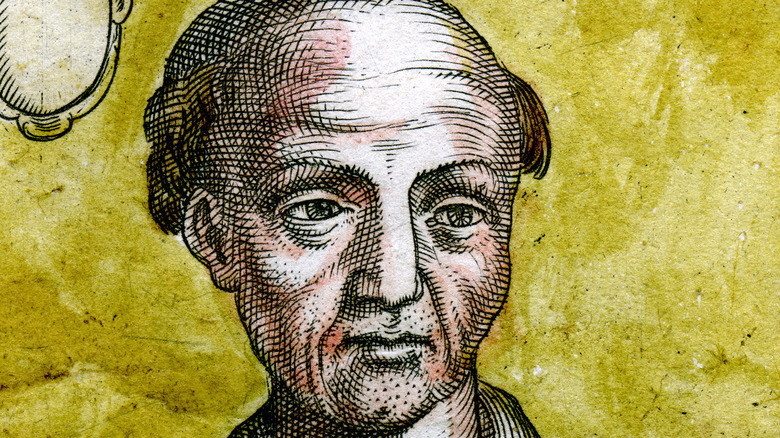
How Pope John XII's Brothel Lifestyle Contradicted His Celibacy Vow
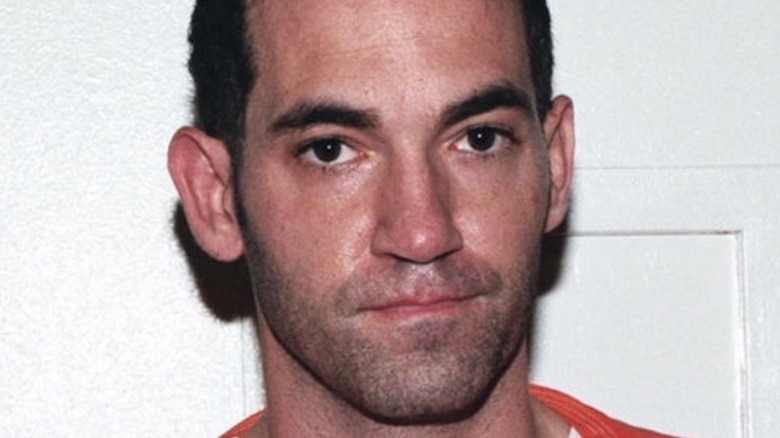
The Untold Truth Of The Hollywood Ripper
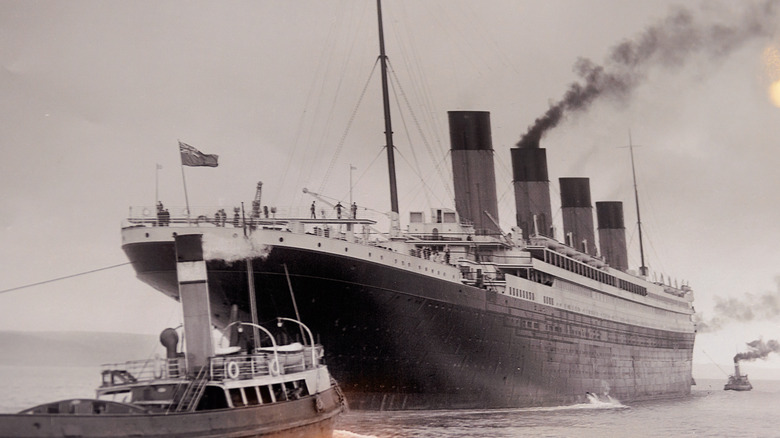
Here's How Much It Really Cost To Build The Titanic

The Tupac Conspiracy Theory That Would Prove He Actually Fled To Cuba
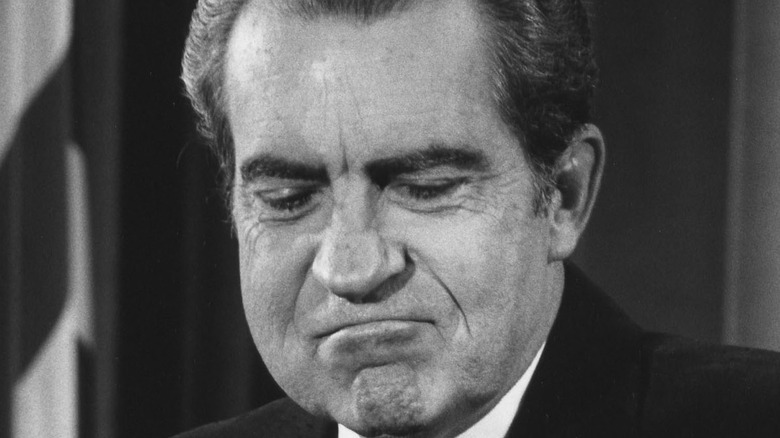
The Real Reason Richard Nixon Hired Someone To Spy On His Own Brother

This Is The Deadliest Scorpion In The World
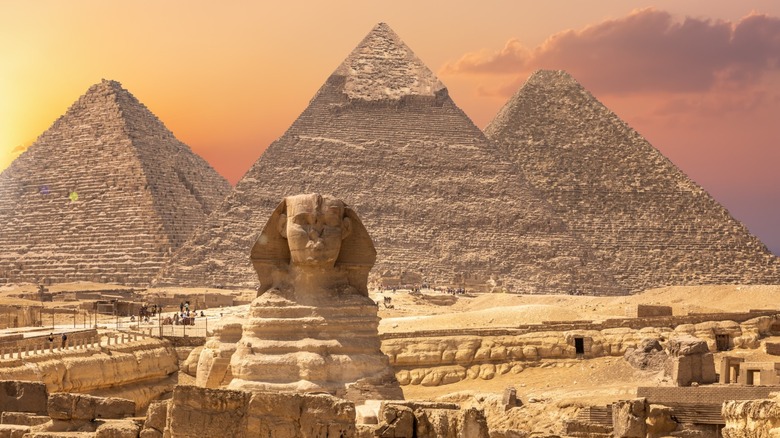
Here's What It Was Like For Criminals In Ancient Egypt

2032 Summer Olympics: Who Is Hosting?

The True Story Of How Two Fishing Boat Crews Escaped From Real-Life Pirates

Why You Rarely Hear About Carrot Top
